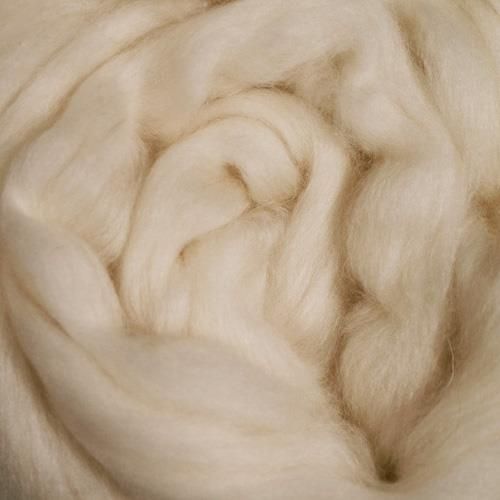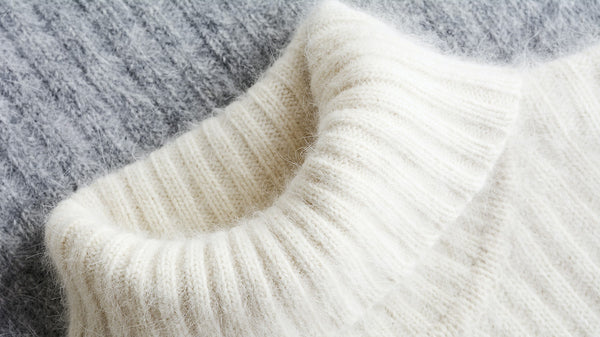Discovering the Numerous Types of Cashmere an All-natural Fiber for Ultimate High-end
Cashmere, a natural fiber, is usually related to luxury and convenience. Nonetheless, not all cashmere is created equal. From the richly soft Mongolian variety to the light-weight heat of Indian Pashmina, each kind presents its own unique functions and appeal. The more affordable Chinese cashmere, the typical Scottish variant, and the premium Italian blend, all tell a various tale of this remarkable fiber. As we decipher the world of cashmere, a much deeper understanding of its true worth and sophistication begins to emerge.
Recognizing the Luxurious Nature of Cashmere
Cashmere, typically connected with high-end and convenience, holds a special allure in the world of natural fibers. This soft, light-weight product is fancied for its outstanding heat and amazing longevity. Unlike other all-natural fibers, cashmere combines insulation with breathability, using unequaled convenience throughout differing temperatures. Its lustrous coating and soft structure add to its high-end charm, justifying the premium rate that typically features cashmere garments. In addition, cashmere's integral wrinkle resistance and elasticity improve its desirability, making it a favored option for premium clothes and accessories. Regardless of its fragile look, cashmere possesses an unexpected strength, able to retain its form and elegant feel in time. This special mix of features cements cashmere's setting as a symbol of style and indulgence.
Just What Is Cashmere and Where Does It Originate from?

Cashmere is derived from the soft undercoat of cashmere goats, mainly located in Mongolia, China, Iran, and Afghanistan. This meticulous process contributes to the deficiency and high price of cashmere. With its beginning in the harsh landscapes of Asia, cashmere is a testament to nature's ability to generate high-end from adversity.
Decoding the Various Types of Cashmere
Recognizing the different kinds of cashmere is essential to appreciating the quality and one-of-a-kind attributes of this glamorous fabric. Usually, cashmere is classified into three kinds: raw, virgin, and recycled. Translating these types is the very first step in recognizing the exclusivity and value of cashmere.

The Distinct Characteristics of Each Kind Of Cashmere
Having actually discovered the different classifications of cashmere, it ends up being evident that each kind flaunts its special set of qualities. Mongolian cashmere, for circumstances, is renowned for its remarkable high quality, because of Mongolia's severe winter seasons that create longer and finer fibers. On the other hand, Chinese cashmere is frequently much more budget-friendly, though its shorter fibers can decrease sturdiness. Scottish cashmere is celebrated for its exquisite softness, an outcome of the typical water cleaning process using Scotland's soft water. Italian cashmere, at the same time, is well-known for its masterful mixing and tinting techniques, rendering it vivid and flexible. Indian cashmere, likewise known as Pashmina, is valued for its unbelievable lightness and heat. Each type, therefore, adds to the textile's online reputation find more info for high-end.
Why Cashmere Is the Epitome of Deluxe in vogue
Cashmere holds a renowned position worldwide of style, considered a sign of deluxe and elegance. Its appeal is not simply in its softness and warmth, however additionally in its rarity and the precise procedure associated with its procurement. Cashmere is acquired from the fine undercoat of Himalayan goats, understood for their remarkable top quality fiber. The scarcity of this fiber, integrated with the labor-intensive process of collection, adds to its high price and special condition. Cashmere's unrivaled comfort and toughness make it a desired material in the creation of high-end garments. click this link Its natural lightweight and shielding residential or commercial properties include in its value, making it the embodiment of high-end in vogue.
The Refine of Making Cashmere: From Goat to Garment
The trip of cashmere, from being an undercoat of a Himalayan goat to a lavish garment, is a detailed one. With the development of spring, farmers in Mongolia and China collect the wool by brushing the goats, making sure no damage is done. The acquired woollen contains crude outer hair and soft downy undercoat. This blend is after that meticulously separated, with just the soft down utilized for cashmere. This raw cashmere is washed, colored and spun into thread. The yarn is after that woven or weaved into materials. The final action involves pressing and cleaning to give the fabric its particular gentleness and warmth. From goat to garment, each action is a testament to the patience, virtuosity and skill entailed in crafting cashmere.

Verdict
To conclude, cashmere, with its all-natural beauty and exceptional comfort, rules supreme worldwide of luxury style. The variety in types, varying from the soft Mongolian, lightweight Indian Pashmina, economical Chinese, traditional Scottish, to the vivid Italian, exposes the flexibility of this all-natural fiber. The scrupulous process of changing it from a goat to a garment additionally contributes to its exclusivity, making cashmere the epitome of elegance and deluxe.
Cashmere, an all-natural fiber, is frequently linked with high-end and convenience (is cashmere a natural fiber).Cashmere, commonly connected with high-end and comfort, holds a distinct appeal in the world of all-natural you could try this out fibers. Unlike other all-natural fibers, cashmere combines insulation with breathability, using unparalleled convenience across differing temperatures. Cashmere is obtained from the soft undercoat of cashmere goats, largely discovered in Mongolia, China, Iran, and Afghanistan. Cashmere is acquired from the fine undercoat of Himalayan goats, understood for their remarkable top quality fiber